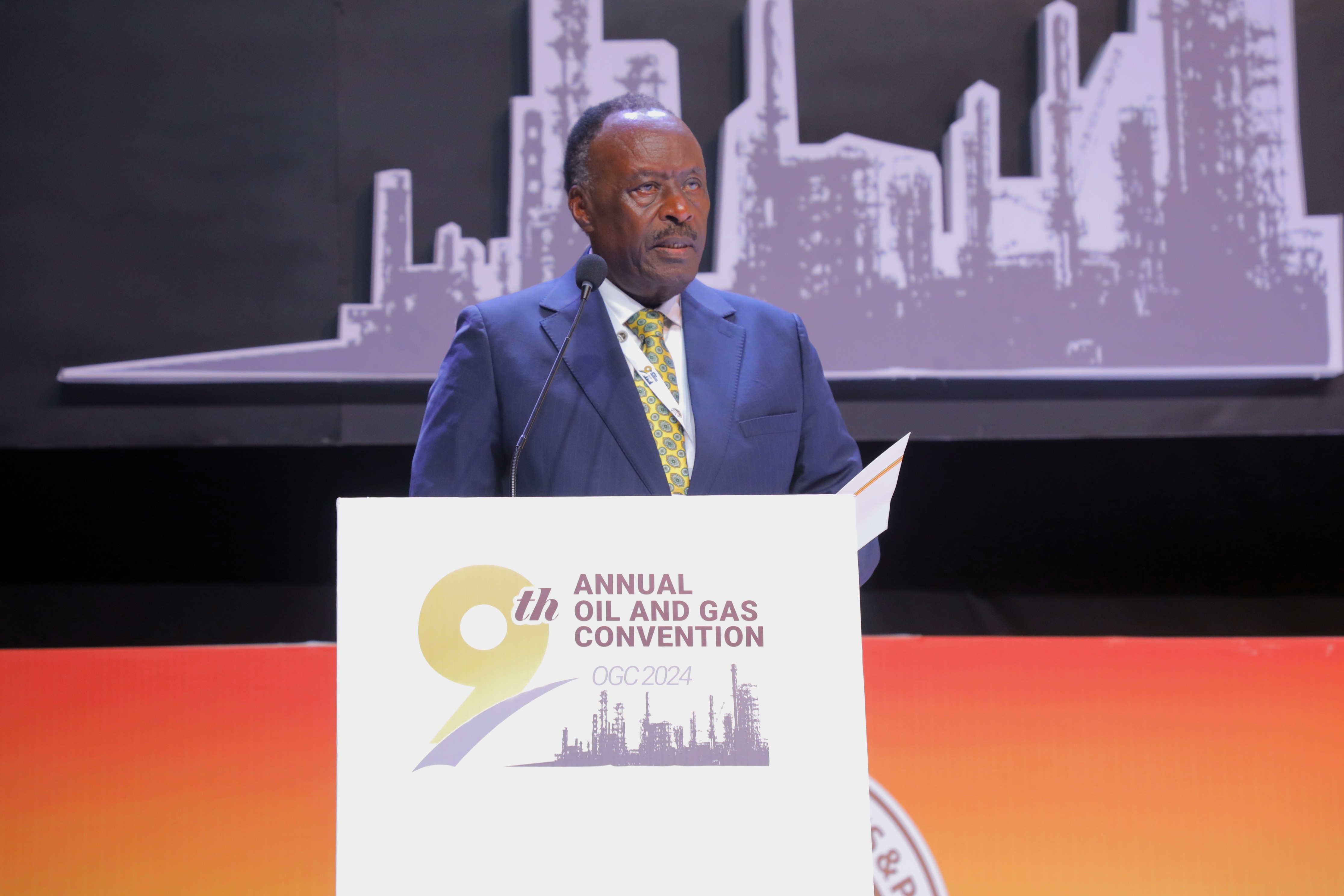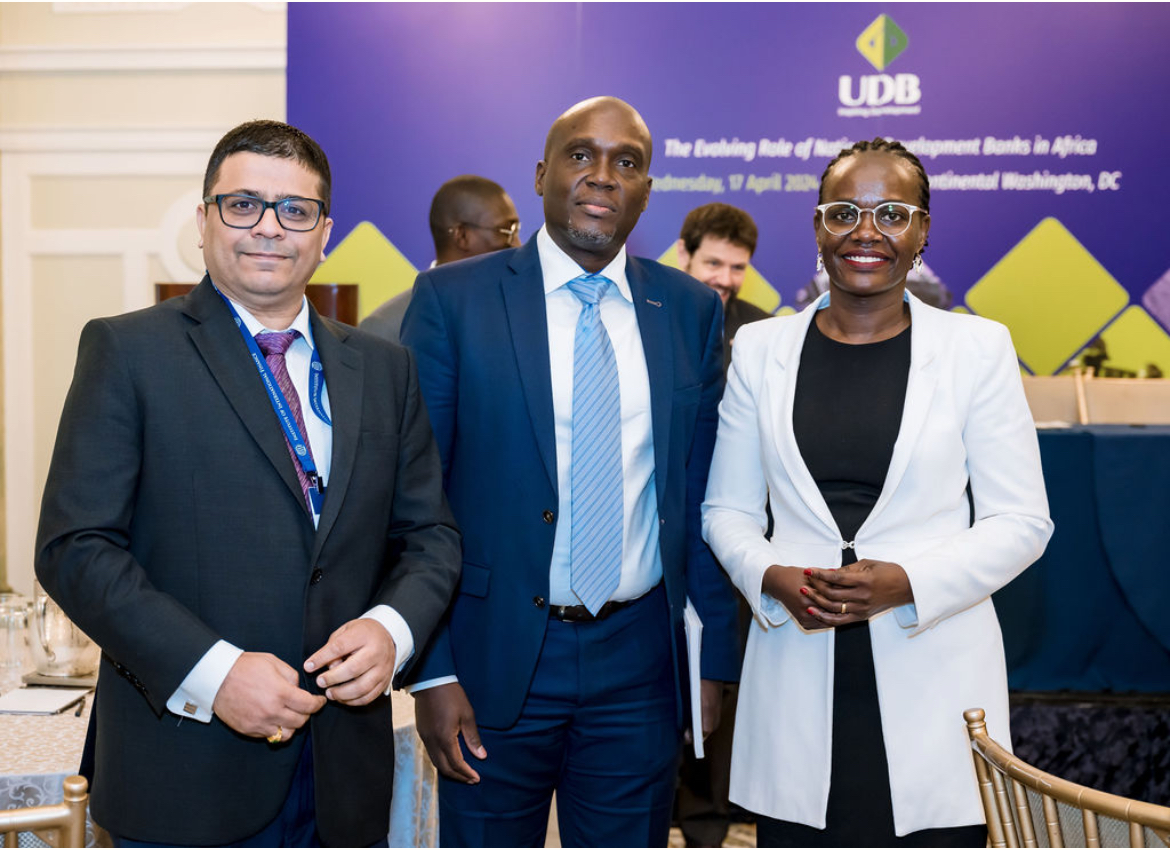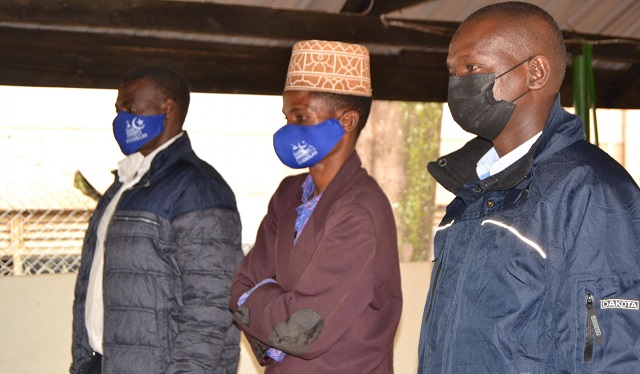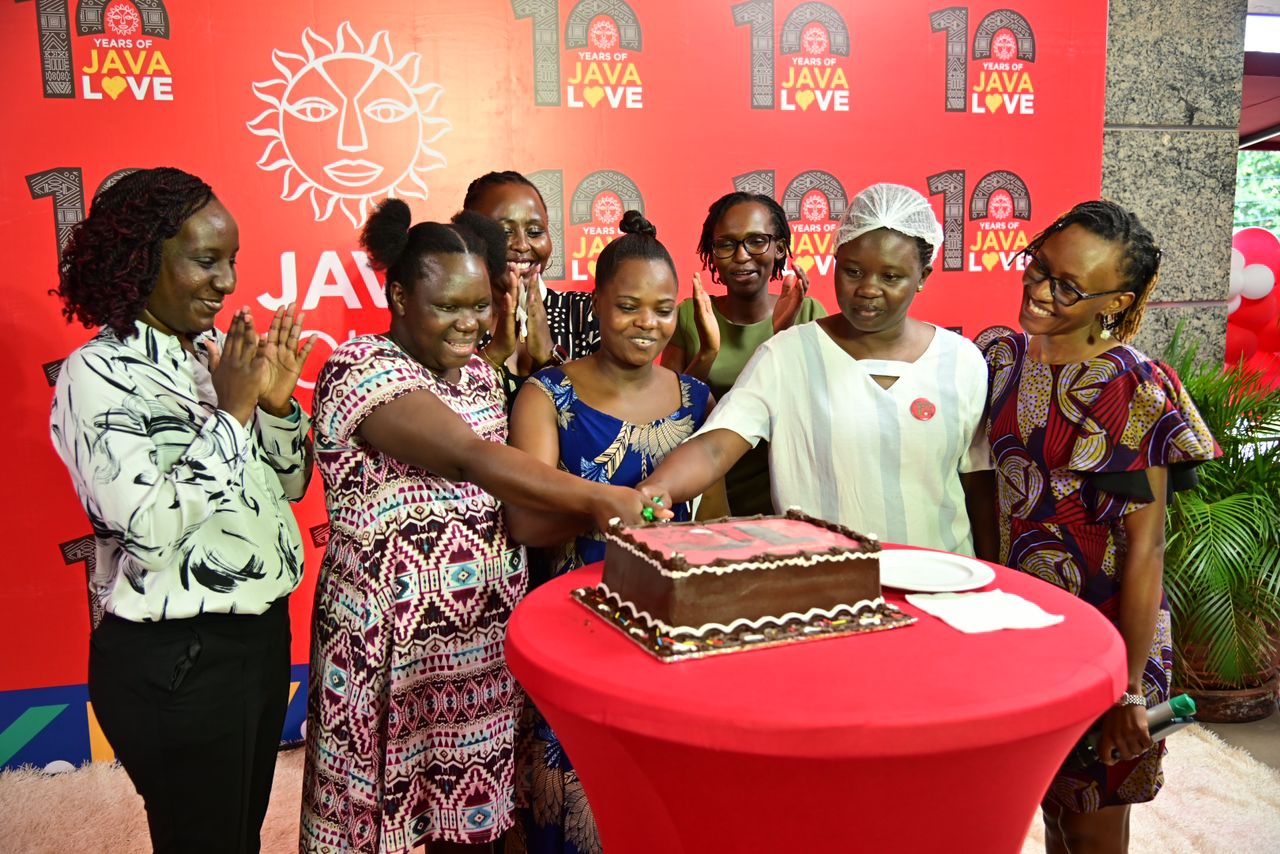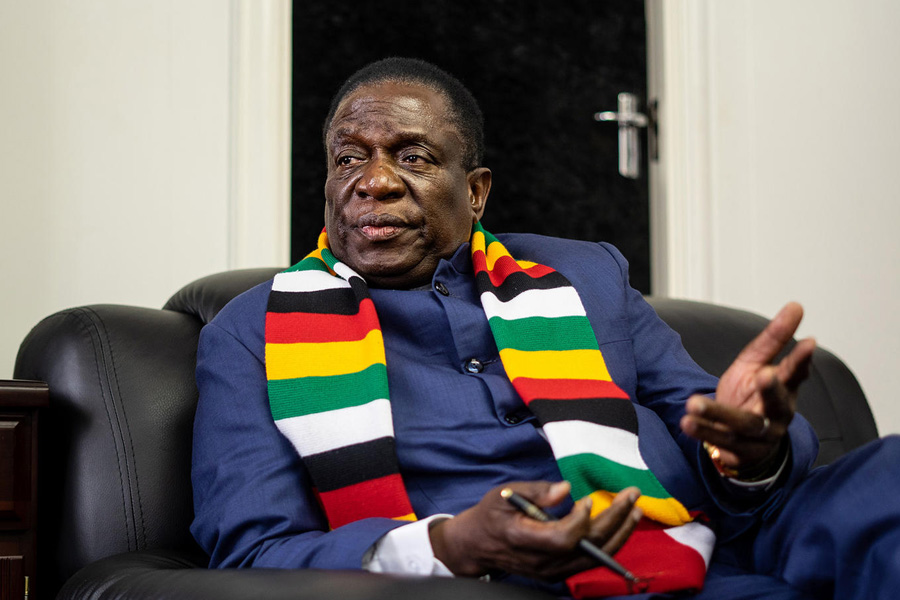Is universal access to electricity possible by 2030?
With the clock ticking towards the global deadlines as well as those set by Uganda, figures from the government show that over 78 percent of Uganda's population does not have access to clean energy.
The Uganda Bureau of Statistics in 2012 estimated that 14.88 percent of the population has access to grid services, out of which 54.8 percent reside in urban areas and 7 percent in rural areas.
The National Development Plan II says Uganda must grow export of electricity from the current 19 percent to 30 percent by 2020.
The government aspires that the electricity generation capacity should increase from 825 Megawatts to 2500 Megawatts in the next two years or 2020.
Uganda's electricity grid access does not compare well with neighbouring Kenya which currently has 69.4 percent of its population has connected to the national electricity to date.
Experts in the Energy sector have observed that with the current Energy Gap, Uganda is not on track to reach the goals set by national and global goals like Social Development Goal (SDG-7) going by the current electrification rate.
Dr Frank Sebbowa, a former Chief Executive Officer at Electricity Regulatory Authority interview expressed doubt on Uganda's ability to meet the National Development Plan aspirations.
He noted the fact that power generation in the country is likely to double from the current 825 MW to 1757 by 2020.
Sebbowa, however, said other indicators don't show that national access to electricity will increase at the same rate.
"Other indicators don't show that everybody will have access by 2030 because chances are by 2020, only thirty or forty percent will have access to it," he said.
He said much as the government is increasing electricity generation capacity, there is also limited consumption of the electricity among the domestic consumers because of poverty.
He said the consumption among the industries is likely to remain modest because of a slowdown in industrial consumption.
The hard to reach communities according to Dr Sebbowa are inadequately planned for in terms of the off-grid generation solutions like solar and mini-grids.
The government says that the per capita consumption of electricity must grow from the 80-kilowatt-hour presently to about 578-kilowatt hours.
With such targets in place, some energy and development experts have asked whether Uganda is ready or doing the right thing to meet those requirements.
James Isingoma, the acting director of Energy Resources Development however, said Uganda is on track in terms of energy planning even when it is unlikely to meet all the national and global agenda.
Isingoma said the current power planning is guided by the Power Sector Plan of 2010 which runs up to 2035.
The plan according to Isingoma links the whole value chain from the transmission, generation and rural electrification.
He says the aspects have been overtaken by recent events.
The Energy Ministry according to Isingoma later has to develop a least-cost generation plan to guide the investments.
"The way the plants will be sequenced has also been proposed in that least cost generation plan. As well as the required investment for transmission, distribution and exports. Because we recognize that our neighbours also require the power. Like we have a MoU with Southern Sudan to export some power there," said Isingoma.
Isingoma agreed with Dr Sebbowa that majority of the 78 percent of Ugandans that don't have access to the electricity grid may not have access for the next 25 years.
He revealed that the US Agency for International Development (USAID) is helping Uganda to develop a master plan for off grip power connections across the country.
Harrison Mutikanga, the Chief Executive Officer of Uganda Electricity Generation Company Limited (UEGCL) whose agency is directly charged with generating electricity says the country's vision has a target of installed electricity capacity of 41000 megawatts but currently has an installed capacity of 862 megawatts.
"Now the current national development plan II has a target of us realizing 2500 MW by 2020. So in three-year' time, from 862 MW, we must do a lot of magic to realize 2500 MW," said Dr Mutikanga.
There are two hydropower development plants that are under development with Karuma expected to produce 600 megawatts while Isimba is expected to generate 183 megawatts.
There is also the construction of small hydropower plants that are likely to produce 50 megawatts in total.All the plans according to Dr Mutikanga are supposed to be commissioned next year or early 2019.
"So when you add up what exists and what is in the pipeline to be commissioned by 2019, you realize that in total we will have about 1800 megawatts. You realize we still have a shortfall of about 1700 megawatts in installed capacity" he said.
Uganda's population is estimated to hit about 40 million by 2020 and yet the National Development Plan has another target of 578-kilowatt hours.
It is estimated that the per capita consumption is about 100-kilowatt hours. Some experts have said that with anticipated growth in population, the country needs to generate 5000 megawatts of electricity to reach 578-kilowatt hour per capita.
Countries like Norway with a population of five million people have installed capacity of 3000 megawatts while Uganda with a population of over 34 million people has installed capacity of 826 megawatts.
But there are some people that have asked whether Uganda is not investing too much in generation.
They have asked where all the power will go once the dams are fully constructed.
"In my opinion, I think we are not sure that there are so many industries in the pipeline. I don't know how many industrial parks. There so many industrial parks, we have the mining sector, we have one factory alone that needs 200 megawatts and we have the Standard Gauge Railway that also needs electricity," Mutikanga observed.
It is estimated that Uganda needs USD 2.5 billion for investment in the power generation sector.
Some experts have said Uganda will still face challenges even with increased power generation.
That it needs to increase investments in transmission and distribution.
The country power generation projects are majorly focused on hydropower along the rivers but Alex Marshall, the Group Marketing Manager with Clarke Energy Group in an interview said Uganda needs to tap the recently discovered gas reserves for power generation like Tanzania is doing.
"Tanzanian oil and gas sector is focused on the gas side of things and now using domestic reserves of gas to produce power for their industries. And when I hear about Uganda's oil and gas sector, there is much focus on oil," said Marshall.
Uganda with proven gas reserves in the range of 6-14 billion cubic meters of gas could be used for power generation.
Besides, he says other areas like geothermal have not been tapped into.
In order to meet its 5000-megawatt goal and beyond, Marshall suggests the need for an energy mix that supports renewable energy options, like natural gas, biomass from agriculture waste, utility-scale solar expansion and also improving efficiency at existing hydropower plants.





